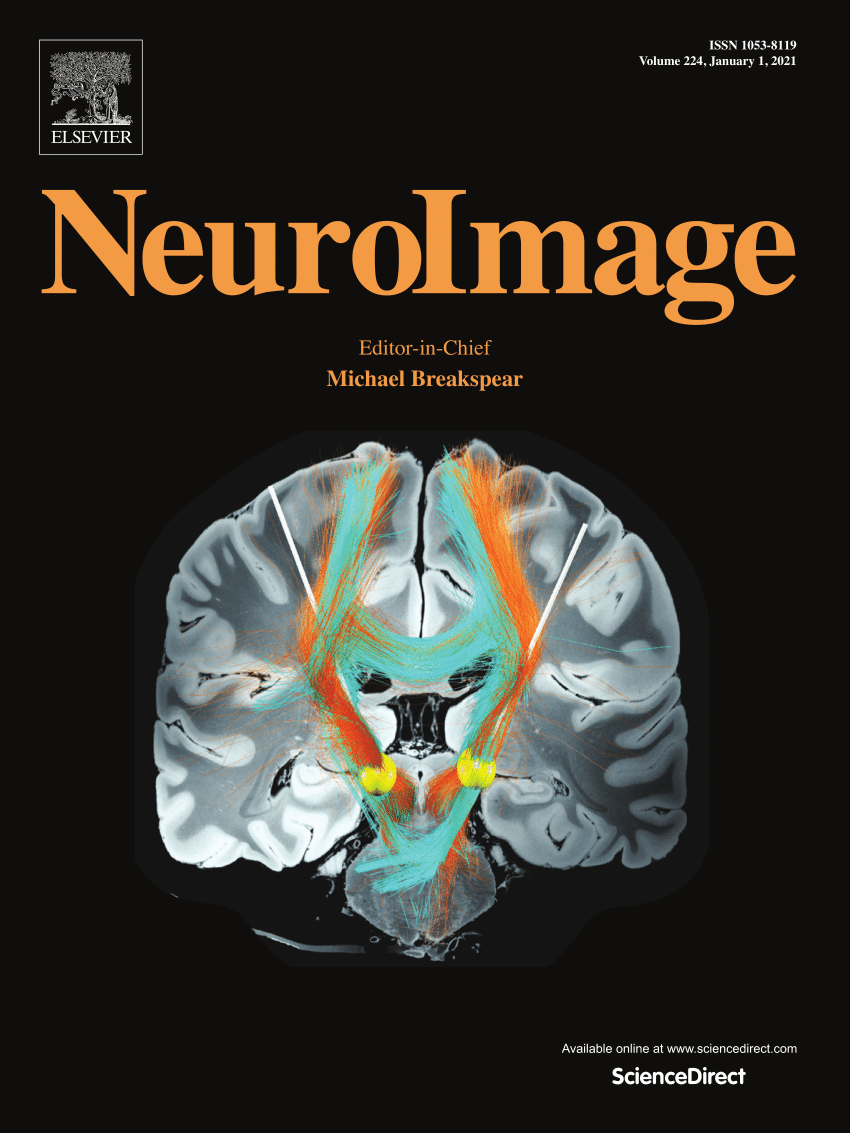Towards the definition of a standard in TMS-EEG data preprocessing
IF 4.7
2区 医学
Q1 NEUROIMAGING
引用次数: 0
Abstract
Combining Non-Invasive Brain Stimulation (NIBS) techniques with the recording of brain electrophysiological activity is an increasingly widespread approach in neuroscience. Particularly successful has been the simultaneous combination of Transcranial Magnetic Stimulation (TMS) and Electroencephalography (EEG). Unfortunately, the strong magnetic pulse required to effectively interact with brain activity inevitably induces artifacts in the concurrent EEG acquisition. Therefore, a careful but aggressive pre-processing is required to efficiently remove artifacts. Unfortunately, as already reported in the literature, different preprocessing approaches can introduce variability in the results. Here we aim at characterizing the three main TMS-EEG preprocessing pipelines currently available, namely ARTIST (Wu et al., 2018), TESA (Rogasch et al., 2017) and SOUND/SSP-SIR (Mutanen et al., 2018, 2016), providing an insight to researchers who need to choose between different approaches. Differently from previous works, we tested the pipelines using a synthetic TMS-EEG signal with a known ground-truth (the artifacts-free to-be-reconstructed signal). In this way, it was possible to assess the reliability of each pipeline precisely and quantitatively, providing a more robust reference for future research. In summary, we found that all pipelines performed well, but with differences in terms of the spatio-temporal precision of the ground-truth reconstruction. Crucially, the three pipelines impacted differently on the inter-trial variability, with ARTIST introducing inter-trial variability not already intrinsic to the ground-truth signal.
制定 TMS-EEG 数据预处理标准。
将非侵入性脑部刺激(NIBS)技术与脑电生理活动记录相结合,是神经科学领域日益广泛采用的方法。同时结合经颅磁刺激(TMS)和脑电图(EEG)尤其成功。遗憾的是,与大脑活动有效互动所需的强磁脉冲不可避免地会在同时进行的脑电图采集中产生伪影。因此,需要进行仔细而积极的预处理,以有效去除伪影。遗憾的是,正如已有文献报道的那样,不同的预处理方法会导致结果的差异。在此,我们旨在描述目前可用的三种主要 TMS-EEG 预处理管道,即 ARTIST(Wu 等人,2018 年)、TESA(Rogasch 等人,2017 年)和 SOUND/SSP-SIR(Mutanen 等人,2018 年,2016 年),为需要在不同方法之间做出选择的研究人员提供见解。与之前的研究不同,我们使用合成的 TMS-EEG 信号和已知的地面实况(无伪像的待重建信号)对管道进行了测试。通过这种方法,我们可以精确、定量地评估每种管道的可靠性,为今后的研究提供更可靠的参考。总之,我们发现所有管道都表现良好,但在地面实况重建的时空精度方面存在差异。最重要的是,三种管道对试验间变异性的影响不同,ARTIST 引入了地面实况信号本不存在的试验间变异性。
本文章由计算机程序翻译,如有差异,请以英文原文为准。
求助全文
约1分钟内获得全文
求助全文
来源期刊

NeuroImage
医学-核医学
CiteScore
11.30
自引率
10.50%
发文量
809
审稿时长
63 days
期刊介绍:
NeuroImage, a Journal of Brain Function provides a vehicle for communicating important advances in acquiring, analyzing, and modelling neuroimaging data and in applying these techniques to the study of structure-function and brain-behavior relationships. Though the emphasis is on the macroscopic level of human brain organization, meso-and microscopic neuroimaging across all species will be considered if informative for understanding the aforementioned relationships.
 求助内容:
求助内容: 应助结果提醒方式:
应助结果提醒方式:


